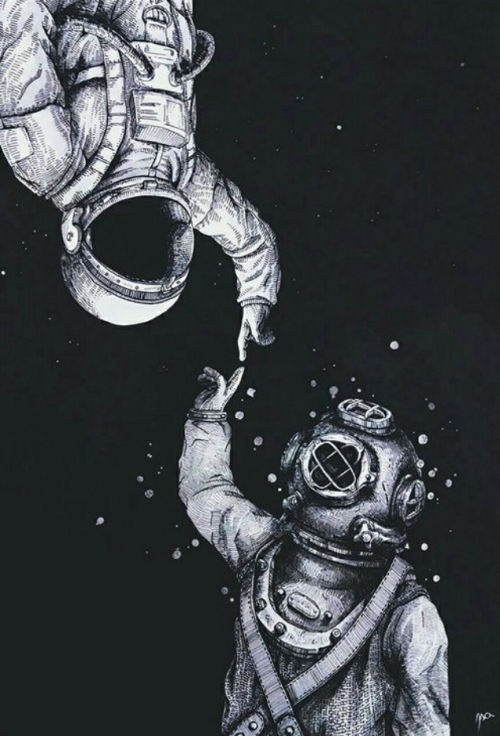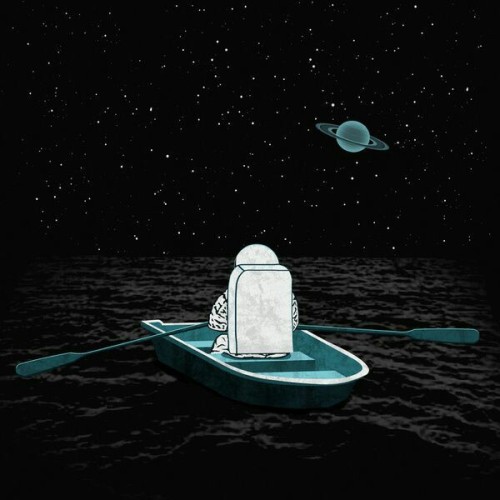Skoro Blog Ten Ma Służyć Zapisowi Procesu Pracy, Grzechem Byłoby Nie Wspomnieć Tu Mojego Zeszytu
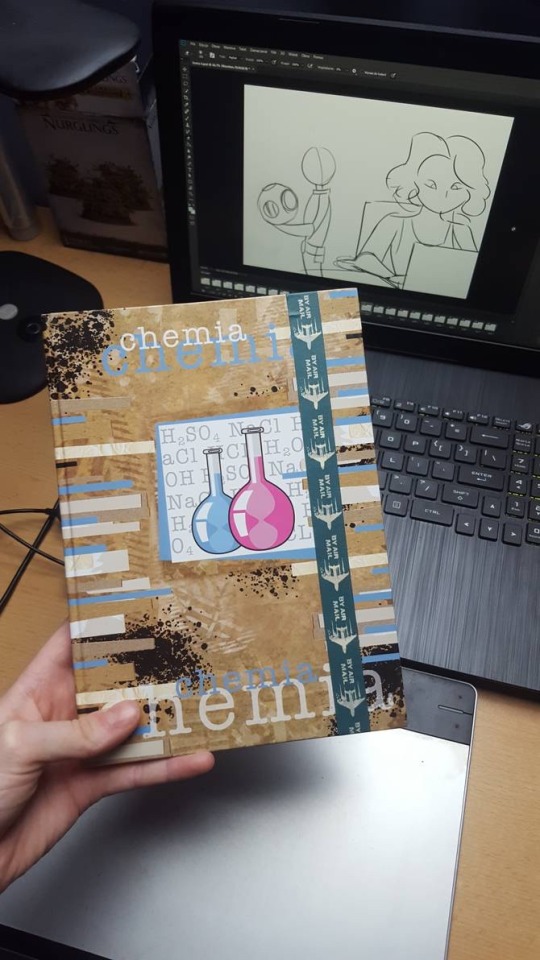
Skoro blog ten ma służyć zapisowi procesu pracy, grzechem byłoby nie wspomnieć tu mojego zeszytu od wszystkiego. Posłużyć mi miał tylko na chwilę do rozpisania kilku scenek. Był to po prostu jedyny dostępny papier pod ręką, taki którego nie szkoda by mi było zabazgrać.

Był jak widać zeszytem od chemii w pierwszej klasie (Kiedy to było...) A potem został przemianowany na brudnopis do historii, historii sztuki, polskiego etc


Tutaj moje chaotyczne plany i notatki. Zaznaczanie na zielono tego co już zrobiłam bardzo mnie uspokaja.

Okazjonalnie wciąż jest brudnopisem a nawet szkicownikiem!
To na tyle w jego kwestii, pozostawiam jeszcze wycinek z jednej scenki, którą wczoraj rysowałam:

More Posts from Oktawiaderybowska-dyplom and Others

Exploration in Extreme Environments: Under Water and in Outer Space
Living in the depths of the sea…to prepare for travel in deep space.
Sounds strange, but that’s what our NEEMO expedition aims to do.

This 10-day NASA Extreme Environment Mission Operations (NEEMO) 22 expedition is slated to begin on June 18. NEEMO 22 will focus on both exploration spacewalks (or in this case waterwalks?) and objectives related to the International Space Station and deep space missions.
Analog (noun): is a situation on Earth that produces effects on the body similar to those experienced in space, both physical and mental/emotional. These studies help us prepare for long duration missions.

As an analog for future planetary science concepts and strategies, marine science also will be performed under the guidance of Florida International University’s marine science department.

NASA astronaut Kjell Lindgren will command the NEEMO 22 mission aboard the Aquarius laboratory, 62 feet below the ocean surface near Key Largo Florida. Lindgren was part of the space station Expeditions 44 and 45 in 2015, where he spent 141 days living and working in the extreme environment of space. He also conducted two spacewalks.
Fun Fact: These underwater explorers are referred to as “aquanauts”

Lindgren will be joined by ESA (European Space Agency) astronaut Pedro Duque, Trevor Graff, a Jacobs Engineering employee working as a planetary scientist at our Johnson Space Center; and research scientists Dom D’Agostino from the University of South Florida and the Florida Institute of Human and Machine Cognition.
While living underwater for 10 days, the crew will:
Test spaceflight countermeasure equipment
Validate technology for precisely tracking equipment in a habitat
Complete studies of body composition and sleep
Assess hardware sponsored by ESA that will help crew members evacuate someone who has been injured on a lunar spacewalk

Why do we use Analog Missions?
Analog missions prepare us for near-future exploration to asteroids, Mars and the moon. Analogs play a significant role in problem solving for spaceflight research.
Not all experiments can be done in space – there is not enough time, money, equipment and manpower
Countermeasures can be tested in analogs before trying them in space. Those that do not work in analogs will not be flown in space
Ground-based analog studies are completed more quickly and less expensively
For more information about the NEEMO mission, visit: https://www.nasa.gov/mission_pages/NEEMO/index.html
Make sure to follow us on Tumblr for your regular dose of space: http://nasa.tumblr.com









Kolekcja w ramach ułatwienia sobie wizualizacji tła i późniejszego budowania elementów przestrzeni w animacji
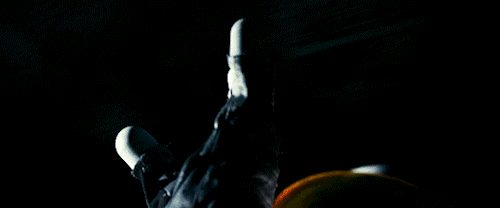
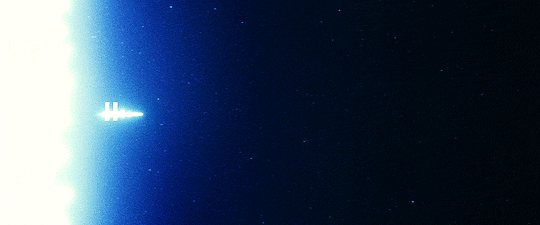
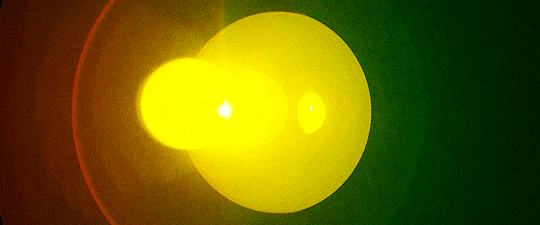
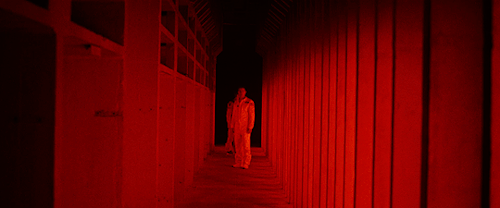

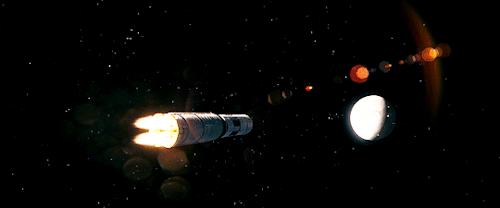

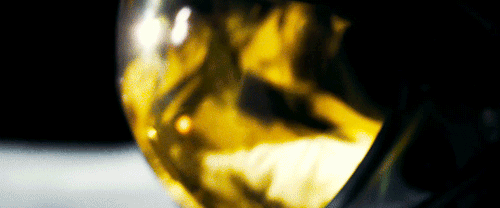
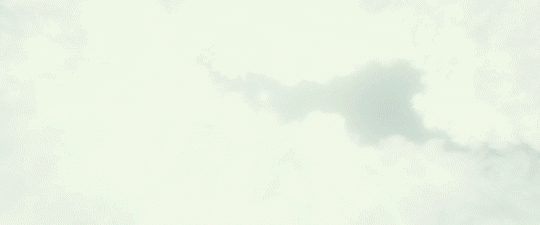
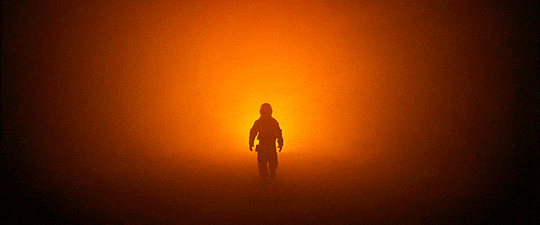
What did he find out there, in the abyss?
AD ASTRA, 2019 › dir. James Gray Cinematography by Hoyte Van Hoytema
chcę umieć tak zrobić jak to zrobić
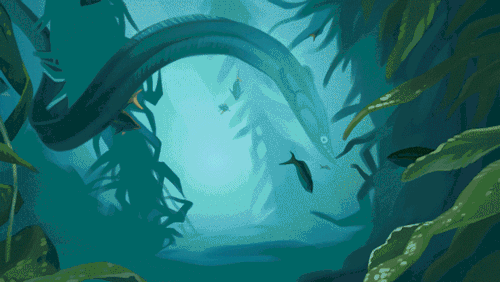
Motion Explore piece for the Kelp forest. Not all of them will have this much motion, but expect it to be peppered throughout the site.
